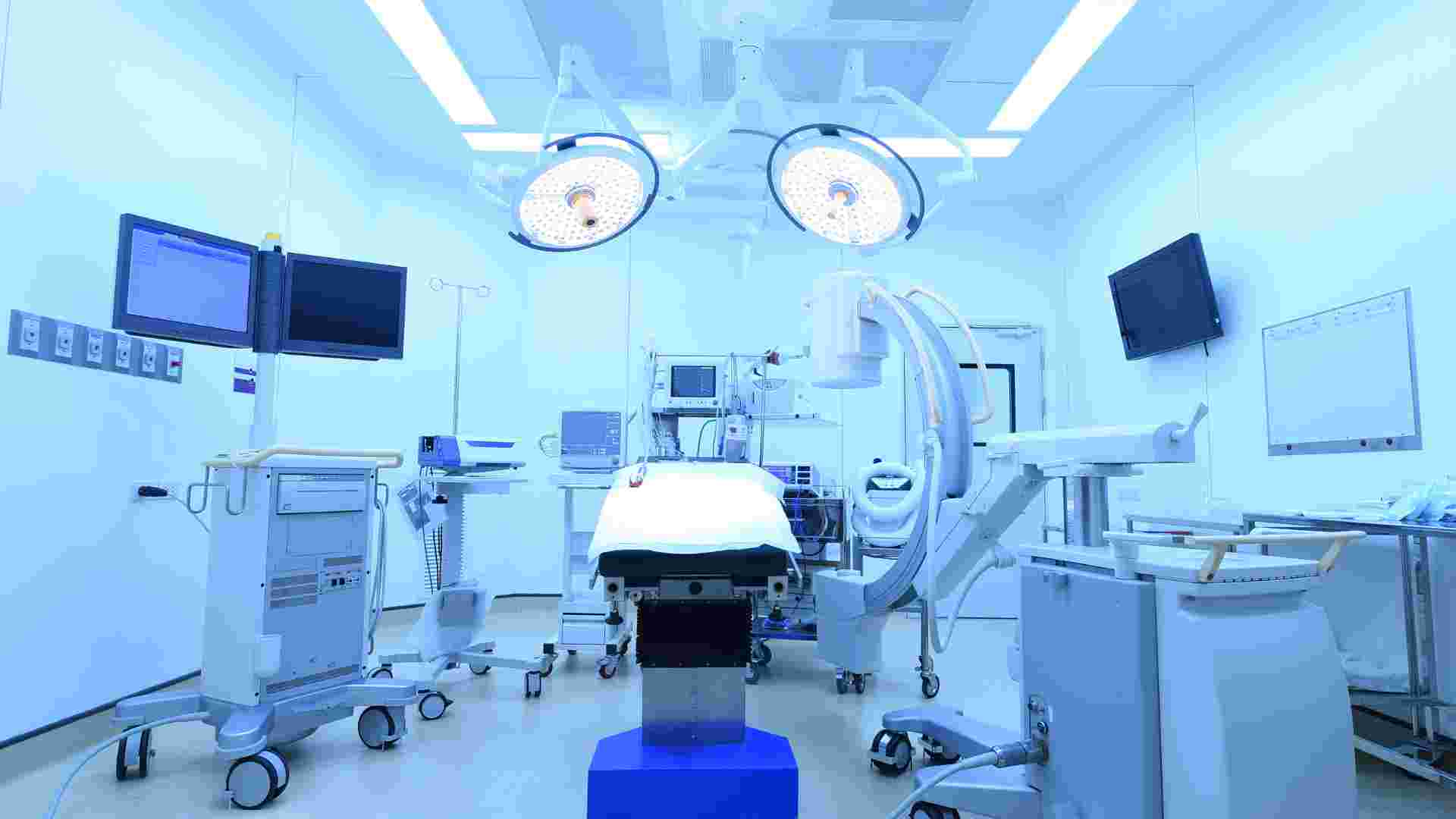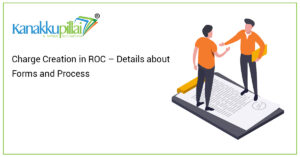![]()
Importing Used Medical Devices Challenges: Regulations, Environmental Concerns
The import of used medical devices in India poses a complex set of challenges, primarily revolving around regulatory hurdles and environmental concerns. As the healthcare industry evolves, the demand for advanced medical equipment increases, leading to a growing market for used devices. However, navigating the regulatory landscape and addressing environmental implications present significant obstacles for both importers and the Indian healthcare system.
1. Regulatory Hurdles: Challenges in Importing Used Medical Devices into India
Lack of Clear Guidelines:
One of the primary challenges in importing used medical devices into India is the absence of well-defined guidelines. The regulatory framework does not explicitly tackle the importation of refurbished or second-hand medical equipment, leading to ambiguity for importers and potential risks for patients. The lack of specific regulations makes it difficult for authorities to assess the safety and efficacy of these devices.
Stringent Approval Processes:
The approval process for medical devices in India is rigorous, with a focus on ensuring the safety and effectiveness of products. However, this stringency often translates into lengthy approval timelines, hindering the timely entry of used medical devices into the market. The extended approval processes may result in delayed access to essential medical equipment, especially in situations where there is a pressing need for cost-effective solutions.
Challenges in Recertification:
Importing used medical devices necessitates recertification to ensure compliance with Indian standards. This process can be arduous and costly, involving thorough inspections and testing. The absence of standardised recertification procedures adds complexity to the importation process and may discourage potential importers.
Inconsistencies in State Regulations:
The regulatory landscape for medical equipment in India is further complicated by variations in regulations across different states. Inconsistencies in the interpretation and implementation of guidelines can lead to confusion and hinder the smooth importation of used medical devices.
2. Environmental Concerns: Challenges in Importing Used Medical Devices into India
E-waste Management:
The import of used medical devices contributes to the generation of electronic waste (e-waste), posing environmental challenges. The inadequate infrastructure for e-waste management in India exacerbates the problem, as these devices may contain hazardous materials that require proper disposal. Ensuring responsible disposal practices becomes crucial to mitigate environmental risks.
Carbon Footprint:
The transportation of used medical devices from their country of origin to India contributes to the carbon footprint associated with their importation. As global efforts to decrease carbon emissions intensify, the environmental impact of importing used medical devices becomes a concern. Evaluating and minimising the carbon footprint should be an integral part of the decision-making process for importers.
Resource Depletion:
The refurbishment and recycling processes associated with used medical devices may contribute to resource depletion if not managed sustainably. This includes the extraction of valuable materials and the energy-intensive processes involved in refurbishing these devices. Striking a balance between the economic benefits of importing used devices and the sustainable use of resources is crucial for long-term environmental health.
Local Manufacturing vs. Importation:
The emphasis on ‘Make in India’ initiatives urges the promotion of local manufacturing to reduce dependency on imports. However, navigating this transition while ensuring the availability of cost-effective and advanced medical devices remains a challenge. Balancing the economic advantages of importing used devices with the long-term environmental benefits of local manufacturing poses a dilemma for policymakers.
Conclusion: Importing Used Medical Devices Challenges: Regulations, Environmental Concerns
The import of used medical devices in India is a multifaceted challenge, encompassing regulatory hurdles and environmental concerns. Addressing these challenges needs a collaborative effort between regulatory bodies, importers, and environmental agencies. Clear and comprehensive guidelines for the importation of used medical devices, streamlined approval processes, and a concerted focus on sustainable practices are essential for fostering a balanced and responsible approach to meeting the healthcare needs of the nation. Achieving a harmonious equilibrium between economic considerations, regulatory compliance, and environmental sustainability is imperative for ensuring the efficient and ethical importation of used medical devices into India.





